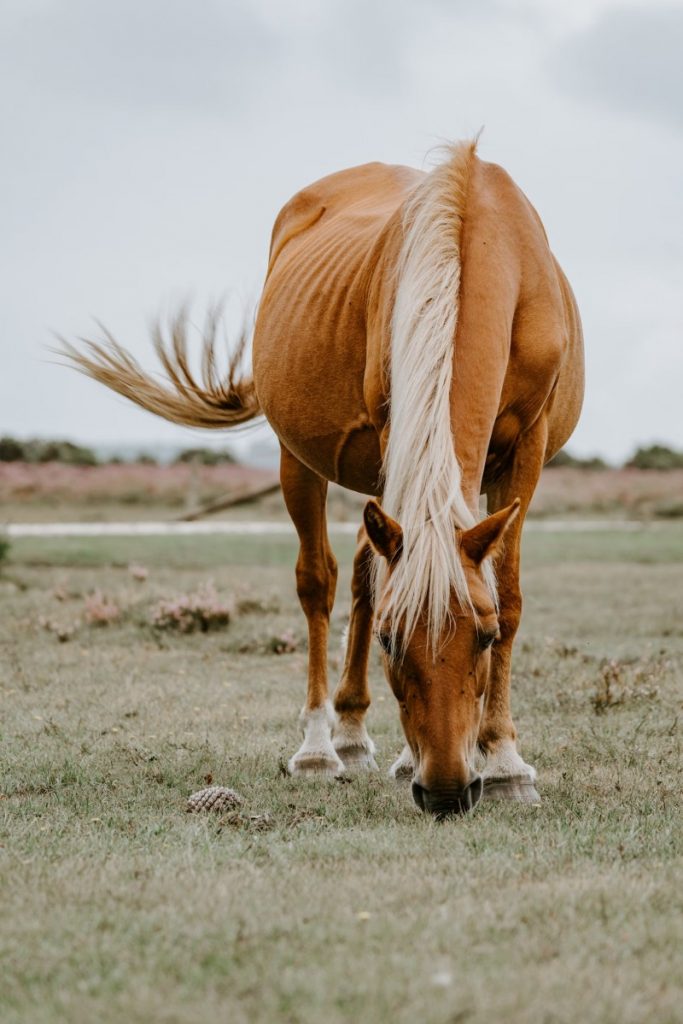- The Lifespan of Osteoclasts: How Long Do They Live?
- What is Monkfish average lifespan?
- What is Amberjack average lifespan?
- What is Sturgeon average lifespan?
- What is Barramundi average lifespan?
- What is Wahoo average lifespan?
- What is Shark average lifespan?
- What is Redfish average lifespan?
- What is Marlin average lifespan?
- What is Pompano average lifespan?
- What is Rainbow Trout average lifespan?
- What is Swordfish average lifespan?
- What is Anchovy average lifespan?
- What is Grouper average lifespan?
- What is Halibut average lifespan?
- What is Carp average lifespan?
- What is Pike average lifespan?
- What is Flounder average lifespan?
- What is Tilapia average lifespan?
- What is Sardine average lifespan?
Can Horses Recover From a Broken Leg?

Horses are majestic creatures, but their athletic prowess can sometimes lead to serious injuries. Leg fractures are a major concern for horse owners, often raising the question: can horses recover from a broken leg? The answer, like many things in veterinary medicine, is nuanced.
Anatomy of a Horse’s Leg
To understand leg fractures in horses, it’s important to know a little about their leg anatomy. A horse’s leg can be divided into three sections:
- Forelimb – this includes the shoulder, carpus (knee), metacarpus (cannon bone), and pastern.
- Hindlimb – this includes the hip, stifle (hocks), tarsus (ankle), metatarsus (cannon bone), and pastern.
- Pastern– this is the lower portion of the leg below the knee or hock, where the fetlock joint is located.
These legs support tremendous weight and allow for powerful movements. However, the lack of muscle tissue below the knee and hock makes them vulnerable to fractures.

Types of Horse Leg Fractures
Horse leg fractures can vary in severity. Here are two main categories:
- Complete fractures. The bone is completely broken into two or more pieces.
- Incomplete fractures. The bone has a crack but is not completely severed. These can be further categorized as greenstick fractures (common in young horses) where the bone bends but doesn’t break, and stress fractures caused by repetitive stress.
The severity of the fracture, location, and any complications will all influence the horse’s recovery.

Diagnosis and Evaluation
Early diagnosis is crucial for a horse’s recovery. Signs of a broken leg can include:
- obvious lameness or inability to bear weight;
- swelling, bruising, or deformity in the leg;
- abnormal leg posture.
A veterinarian will perform a thorough examination, including X-rays, to diagnose the type and location of the fracture.
Treatment Options
Treatment options for a broken leg depend on the type and severity of the fracture. Stall rest and splinting – for minor fractures, stall rest with a cast or splint may be sufficient for healing. Surgery – in many cases, surgery is necessary to stabilize the fracture with plates, screws, or pins. Long-term rehabilitation – after treatment, extensive physical therapy is needed to rebuild strength and mobility in the leg.

Factors Affecting Recovery
Several factors can influence a horse’s recovery from a broken leg:
- Age – younger horses tend to heal faster than older horses.
- Overall health – a healthy horse with a strong immune system is better equipped to fight infection and heal properly.
- Type of fracture – complete fractures and fractures with complications are more challenging to heal.
- Financial considerations – extensive treatment and rehabilitation can be very expensive.
Conclusions
While not all horses with broken legs recover fully, significant advancements in veterinary care offer hope. Early diagnosis, proper treatment, and dedicated rehabilitation can significantly improve a horse’s chances of a successful recovery. Ultimately, the decision on how to proceed often involves a combination of veterinary expertise and the horse owner’s financial considerations and long-term goals for the animal.



